Category: News
-
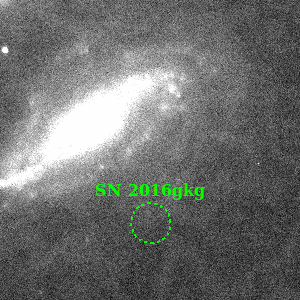
Amateur Astronomer Captures Rare First Light of Massive Exploding Star
Maunakea, Hawaii – Thanks to lucky snapshots taken by an amateur astronomer in Argentina, scientists have obtained their first view of the initial burst of light from the explosion of […]
-

Astronomers Discover S0-2 Star is Single and Ready for Big Einstein Test
No companion found for famous young bright star orbiting Milky Way’s supermassive black hole Maunakea, Hawaii– Astronomers have the “all-clear” for an exciting test of Einstein’s Theory of General Relativity, […]
-
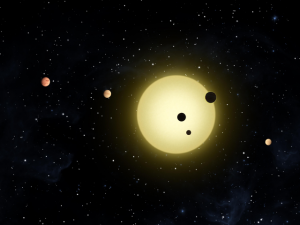
Planets around Other Stars are like Peas in a Pod
Maunakea, Hawaii – An international research team led by Université de Montréal astrophysicist Lauren Weiss has discovered that exoplanets orbiting the same star tend to have similar sizes and a […]
-

Nobel Physics Prize Laureate Kip Thorne Talks Interstellar at W. M. Keck Observatory Astronomy Talk
WAIMEA (KAMUELA), Hawai`i – Dr. Kip Thorne, world-renowned theoretical astrophysicist, 2017 Nobel Physics Prize Laureate, and executive producer of the blockbuster film Interstellar brought his revolutionary work to Hawai`i for […]
-
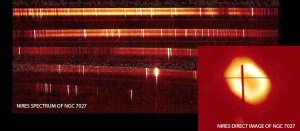
W. M. Keck Observatory Achieves First Light with NIRES
Near-Infrared Echellette Spectrometer Designed to Find the Faintest, Most Violent Objects in the Universe Maunakea, Hawaii – Astronomers at W. M. Keck Observatory have successfully met a major milestone after […]
-

Astronomers Shed Light on Formation of Black Holes and Galaxies
Maunakea, Hawaii – Stars forming in galaxies appear to be influenced by the supermassive black hole at the center of the galaxy, but the mechanism of how that happens has […]
-
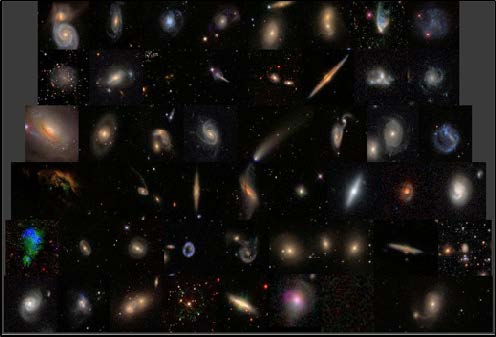
W. M. Keck Observatory Awarded NSF Grant to Boost Performance of Adaptive Optics System
Maunakea, Hawaii – One of the most scientifically productive adaptive optics (AO) systems on Earth is getting a major upgrade, one that will further advance high-impact research on the hunt […]
-
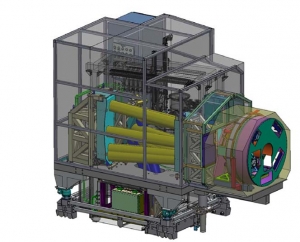
The Keck Cosmic Reionization Mapper
Completing the World’s Most Capable Spectroscopic Imager The design for the Keck Cosmic Web Imager (KCWI) includes two separate channels to detect light in the blue (350 to 560 nm) […]
-

Keck Visiting Scholars Program
The Keck Visiting Scholars Program aims to inspire and develop the next generation of scientists and instrumentalists by providing hands-on experience in observational astronomy, hardware, and software involving active instrument […]
-

A New Spin to Solving Mystery of Stellar Companions
Researchers Measure the Spin Rates of Bodies Thought to be Either Planets or Tiny “Failed” Stars Maunakea, Hawaii – Taking a picture of an exoplanet—a planet in a solar system […]

